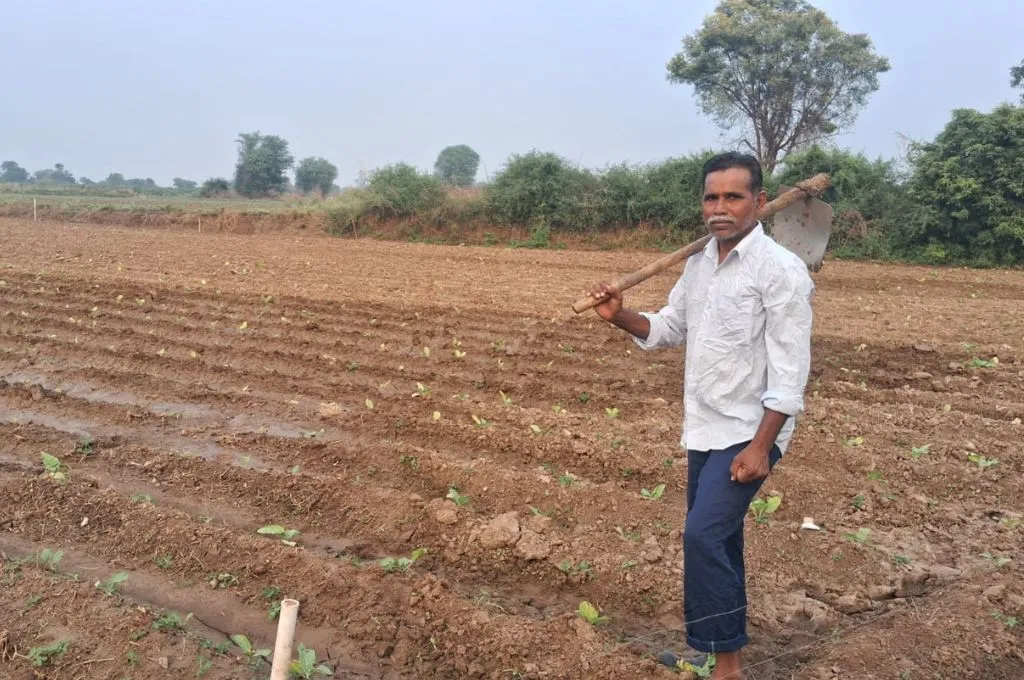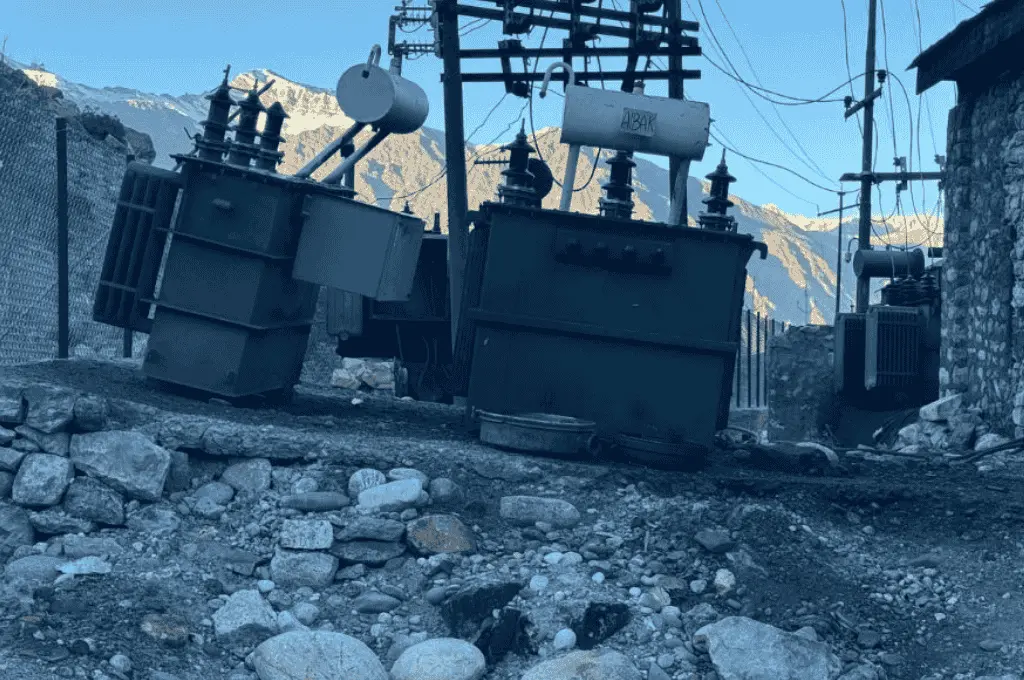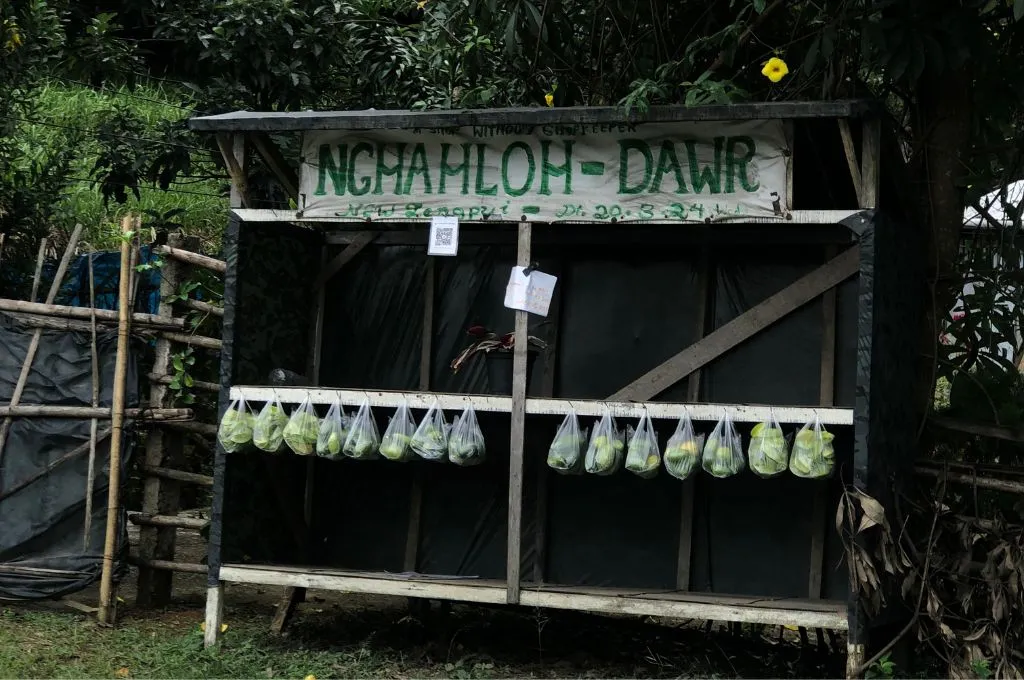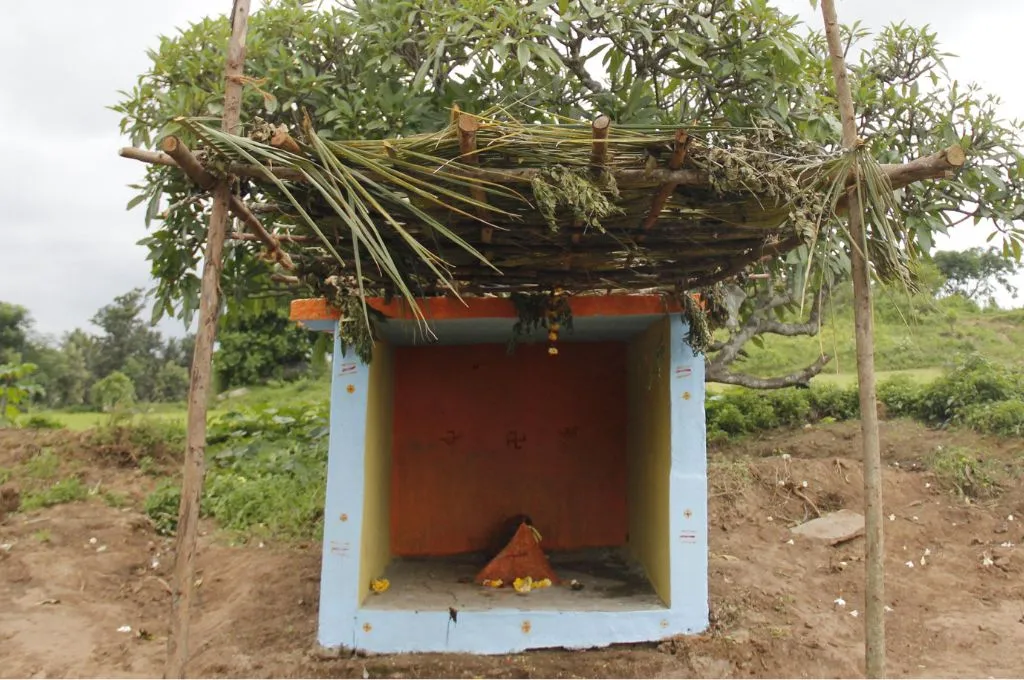Human vs wild: Kashmiris bear the brunt of deforestation
One day in July 2021, as Ghulam Nabi, 49, stepped out of his house to perform his ablutions before offering namaz, he was attacked by a full-grown bear. Ghulam—a resident of the remote Baila village in Mandi tehsil of Jammu and Kashmir’s Poonch district—sustained such serious injuries to his face and head that, even a year later, he has not fully recovered.
“Soon after the injury, I was taken to the subdistrict hospital in Mandi and later transferred to SKIMS hospital in Srinagar. I have taken a loan of more than INR 50,000 for my treatment,” informs Ghulam, who works as a daily wage labourer to support his family of five. He says most of his earnings now go into repaying the loan, and adds, “It would have been a relief if some monetary help was offered by the administration for my treatment.”
Sakina Bi, 56, another resident of this hilly village, was attacked by two bears while she was working in the maize field. Sakina comes from a low-income family of three and is entirely dependent on the earnings from the field. The villagers had to pool in their resources for her treatment.
A report, quoting official data, says that approximately 200 people have lost their lives and more than 2,000 have been injured in human–wild animal conflict across Jammu and Kashmir since 2011. Local sources say that Mandi tehsil alone has had more than 20 cases of bear attacks in the last four years.
To prevent these frequent animal attacks, the wildlife department has set up cages to capture the animals and transport them to wildlife sanctuaries. However, as a wildlife officer says, “This may not be the solution to the growing conflict. We need to come up with more forms of mitigation.”
The locals firmly believe that unplanned development activities have led to the shrinking of forests in the recent past. The firewood used by locals also comes from these forests. Bereft of shelter and food, wild animals have started moving from their natural habitat to areas inhabited by humans.
The possibility of such attacks increases during the summer season. With several fruits and crops harvested in the villages, animals turn to these areas for food.
Abdul Ghani, a Baila resident, says, “The situation was quite different 20 years ago. Wild animals stayed deep inside the dense forests and would hardly visit our villages. Although we did not have roads and other basic facilities then, life was peaceful. Today, we fear for our lives and our crops.”
Khuwaja Yousaf Jameel is a writer from Jammu and Kashmir’s Poonch district. The original story was published by Charkha Features.
—
Know more: Learn how a community in Assam is using solar-powered fences to reduce human–elephant conflicts.
Do more: Connect with the author at yousafjameel92@gmail.com to learn more about and support his work.



